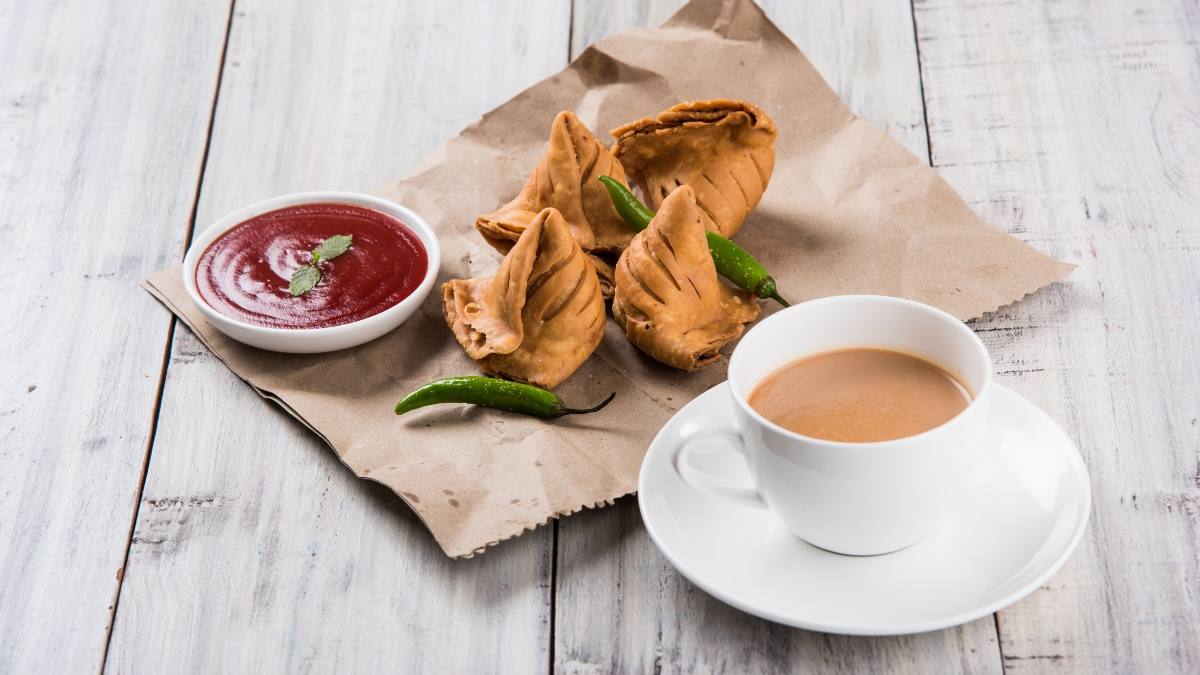US Hotels adapt to Attract Indian Visitors With Chai, Samosas, and More!
As it adapts to more Indian visitors, the American hotel industry is seeing a rebirth. Reflecting a startling 48% increase since 2019, around 1.9 million Indians are predicted to visit the US in 2024. With business visas up by 50% and leisure visas by 43.5%, this rise in both business and leisure travel is changing the US travel environment. How then are US hotels reacting to this tsunami? They are including cultural aspects appealing to Indian tourists.
1. Cultural Appropriation: US Hotels’ Chai and Samosas
Many US hotels are including well-liked cultural icons like chai and samosas to appeal to Indian visitors. These offers greet Indian guests and go beyond just cuisine. According to Laura Lee Blake, CEO of the Asian American Hotel Owners Association, numerous hotels are also including popular Indian TV channels in guest rooms. Such initiatives not only enhance the experience for Indian guests but also highlight a larger trend of cultural integration inside the hotel sector.
2. The Boom of the Middle Class Indians
The rise of Indian visitors might be mostly connected to the middle-class population of India, which is progressively eager for foreign travel. Bigger travel expenditures and better airline choices help Indians explore foreign locations—especially the US—more easily. Rising numbers of wealthy visitors are looking for distinctive experiences overseas as the Indian economy keeps growing. For the US travel sector trying to recover from the consequences of the epidemic, this demographic change is essential.
3. East Asian visitor decline
While Indian visitors are swarming to the US, traditional markets, including China, Japan, and South Korea, are clearly seeing declining visitor counts. Arrivals from these nations have declined, respectively, 44.5%, 50.8%, and 23.9% since 2019. Richer people from these areas are choosing closer locations in Southeast Asia, therefore creating a void in the US travel scene. Balancing this drop depends mostly on the rise in Indian visitors, which helps to stabilise the sector.
4. The Changing Travel Taste
Not only are Indian visitors filling in for the void caused by the drop in East Asian visitors, but they also vary in the US locations they choose. Their increasing curiosity in lesser-known cities and secondary sites is noteworthy since it lets the economic advantages of travel reach a larger range of destinations. Laura Lee Blake notes that Indian visitors often choose mid-range and low-cost hotels, so hotel managers change their offers to fit their tastes.
5. Notable Increase in Bookings
Part of TripAdvisor, travel business Viator notes that US bookings made by Indian visitors have skyrocketed by over 50% in 2024, tripling pre-pandemic levels of 2019. As Indian visitors search for fresh experiences, this trend shows a more general recovery in travel. Reflecting a good recovery path for the hospitality industry, Dave Stephenson, chief business officer of Airbnb, notes a 45% increase in the number of nights booked by Indians visiting the US over the past three years.
6. US Tourism’s Future Prospects
The US travel industry has a bright future given increasing interest from Indian visitors and improved flight choices. Travel preferences change, and US companies are not just satisfying the needs of younger, experience-orientated Indian visitors but also making sure their offerings fit cultural quirks. Ongoing development in this important industry depends on this strategic adaptation, which is also very important for the larger economy.
Finally, a New Age of Hospitality
The way the hotel sector is handling the increase of Indian visitors marks a fresh chapter in US travel. Hotels and travel agencies are laying the groundwork for long-term success by including cultural aspects and catering to the demands of this group. The emphasis on Indian travellers underlines the need for cultural openness and flexibility in an always-changing global scene as the sector recovers from the epidemic.
